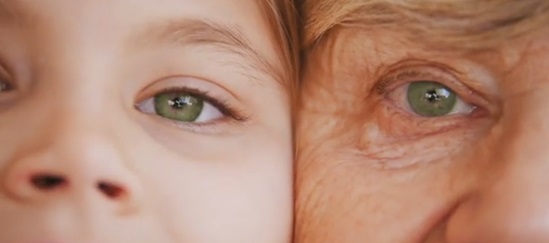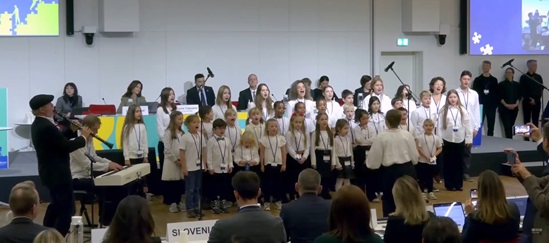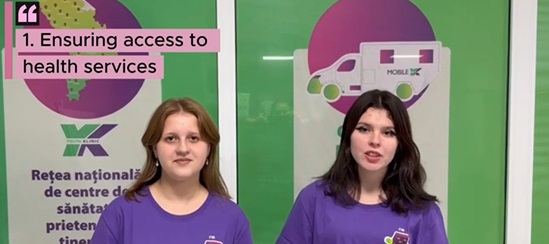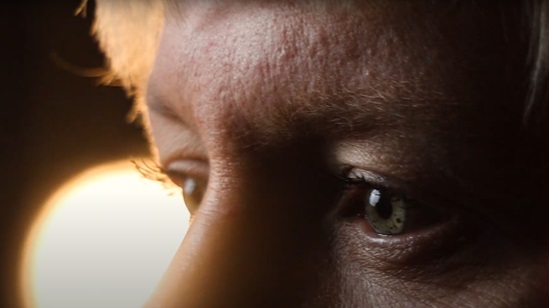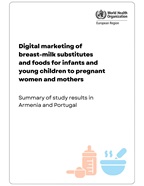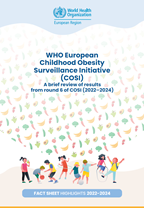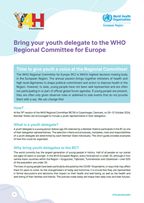Child and adolescent health and well-being
Childhood and adolescence lay the foundation for the development of individual health and well-being and human potential. The experiences and care received during this time in the course of life have lasting impacts that carry into adulthood.
Prioritizing child and adolescent health can significantly contribute to addressing many of today's regional health priorities. These include promoting healthy active ageing, improving mental health, and reducing the burden of noncommunicable diseases, all of which are rooted in behaviours established during the first 2 decades of life.
Investing in children’s health means investing in their ability to become thriving members of the future societies that will be built upon their contributions.
Children and adolescents in the WHO European Region face unprecedented health challenges. Despite a high standard of living for many children in the Region, they remain particularly vulnerable to the myriad challenges posed by climate change, widening socioeconomic gaps, migration, and armed conflict. Against this backdrop, significant disparities in child health between and within countries not only persist but are, in fact, increasing.
The Region is witnessing concerning trends in health issues ranging from overweight and obesity, to chronic respiratory diseases, to mental health conditions, intentional and unintentional injuries, and unaddressed developmental difficulties. Under-immunization against serious vaccine-preventable illnesses and the overuse of antibiotics continue to pose considerable threats to children and adolescents. Rapidly evolving digital environments have outpaced regulatory measures, exposing children and adolescents to harmful social media content and excessive screentime.
While the Region includes countries with the lowest infant and child mortality rates globally, mortality in countries with the highest rate for children under 5 years is up to 28 times higher than that in countries with the lowest rate. For the first time in decades, we are witnessing stagnation and even reversal in infant and child mortality rates in the Region, alongside an increase in adolescent mortality rates across 19 countries.
These trends are particularly noteworthy because much of the morbidity and mortality among children and adolescents could be prevented or mitigated. Primary and specialist care services available to children and adolescents in the Region are not always optimal; enhancing quality of care is crucial for ensuring children and adolescents grow up to live longer and healthy lives.
Child and adolescent health and well-being require urgent attention. Together with countries, WHO is committed to developing and implementing a comprehensive strategy for child and adolescent health. The strategy aims to address the unprecedented health challenges faced by children and adolescents in the Region and to ensure that all children and adolescents have the opportunity to lead healthy, fulfilling lives and contribute to prosperous and sustainable societies.
The strategy will include the following:
- Strengthening health systems for universal coverage and quality care. Robust health systems capable of delivering high-quality and inclusive primary and specialty health care to all children and families, including to those on the move, are essential.
- Regulating against commercial and digital harm. Establishing and enforcing policies that shield children and adolescents from the harms of unregulated marketing and advertising of infant formula, fast food, sugar-sweetened beverages, alcohol, tobacco and vapes is critical.
- Promoting cross-sector collaboration and evidence-based actions. Access to nutritious food, clean air, safe housing, green spaces, and healthy school environments are needed to help insulate children from the huge and increasing burden of overweight, obesity, asthma, and mental health disorders.
- Reducing health inequities. Children and adolescents need protection and access to health and social care and education, no matter where they live.
In partnership with collaborating centres and stakeholders, WHO is providing continuous support to countries through several initiatives and networks (including but not limited to the Health Behaviour in School-aged Children (HBSC) study, the WHO European Childhood Obesity Surveillance Initiative (COSI), and the Schools for Health in Europe (SHE) Network Foundation); working groups on early childhood development and adolescent friendly health services; and technical support for the country adaptation of the Pocket Book of Primary Health Care for Children and Adolescents.
Schools for Health in Europe (SHE) Network Foundation
Health Behaviour in School-aged Children (HBSC) study
WHO European Childhood Obesity Surveillance Initiative (COSI)
Pocket Book of Primary Health Care for Children and Adolescents






